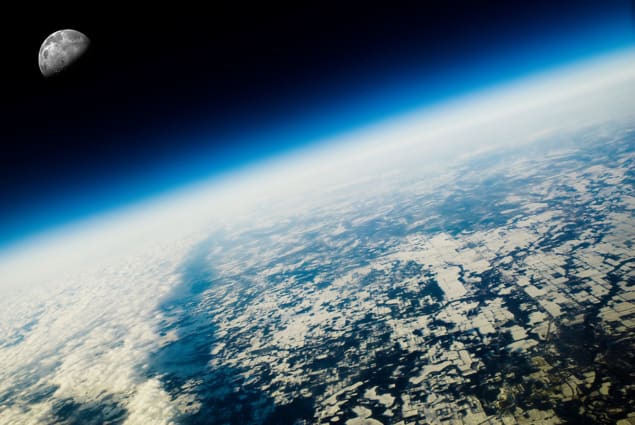Panel calls for new infrared telescope to hunt for near-Earth objects
28 Jun 2019
NASA should fund a dedicated space-based infrared-survey telescope to detect potentially dangerous asteroids and other objects approaching Earth. That is according to a report by the National Academies of Sciences, Engineering and Medicine, which states that detecting asteroids with thermal infrared radiation would allow for a much better determination of their diameters than optical methods.
NASA has been required to track and assess the threat of near-Earth objects (NEOs) following the George E Brown, Jr Near-Earth Object Survey Act, which was passed in 2005. This required the agency to track asteroids with a diameter greater than 140 m – a number that was obtained via several assumptions about an NEO’s intrinsic brightness and therefore how dangerous it is to Earth. However, this method could fail to detect objects that appear dim to optical telescopes but are actually large enough to cause destruction on a regional scale.
Space-based infrared telescopes to detect asteroids already exist. NASA’s main instrument is NEOWISE, part of the Wide-field Infrared Survey Mission operated by NASA’s Jet Propulsion Laboratory (JPL). According to JPL’s Amy Mainzer, who is NEOWISE’s principal investigator, the mission has already far exceeded its expected lifetime. “At some point we won’t be able to operate it anymore,” says Mainzer, who was not part of the academies panel. “It gets warmer in the summer, then cooler during the rest of the year; for a heat-sensitive telescope, staying cool is the name of the game.”
Keeping cool
While infrared telescopes typically rely on liquid helium for cooling, panel chairman Jay Meloshfrom Purdue University says that the new telescope could be passively cooled instead. This would be achieved by positioning the telescope at Lagrangian point 1 – a position in space about 1.6 million kilometres from Earth in the direction of the Sun, in which the gravitational forces of the Earth and Sun effectively cancel out. Being placed here would allow the telescope to operate at around 40 K. “That [location] is far enough from Earth not to have Earth’s radiation impact it,” adds Melosh,”but close enough for good communications.
US c
The nine-strong panel that wrote the report also recommend that missions such as asteroid detection, which meet “high-priority planetary defence objectives”, should not be required to compete against missions that are a high priority for science. “This [new mission] isn’t primarily a science mission,” says Melosh. “Its primary goal is to satisfy requirements that Congress put on NASA.”
Peter Gwynne is Physics World's North America correspondent
from physicsworld.com 11/7/2019

Δεν υπάρχουν σχόλια:
Δημοσίευση σχολίου